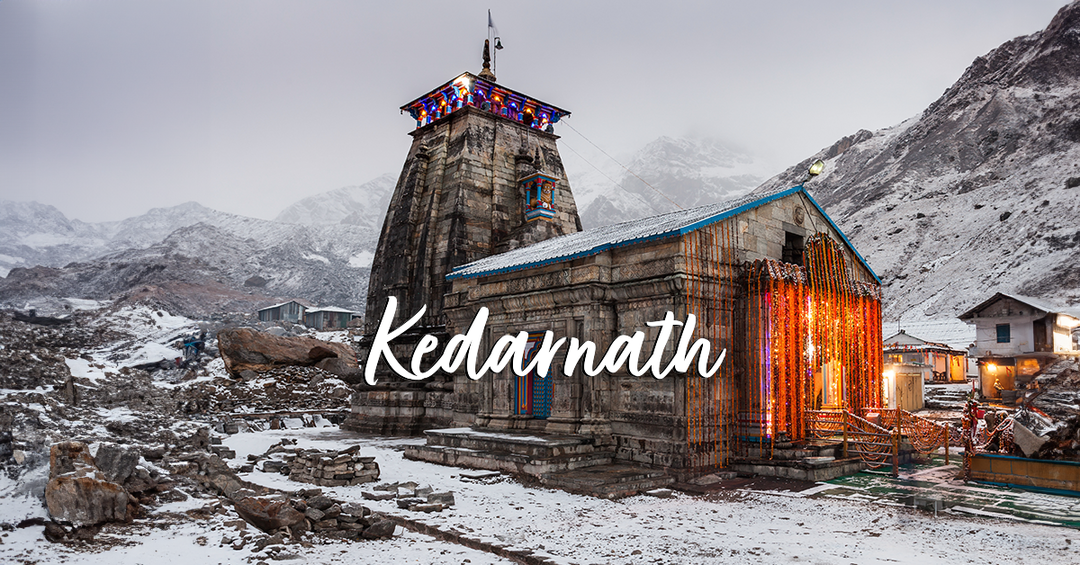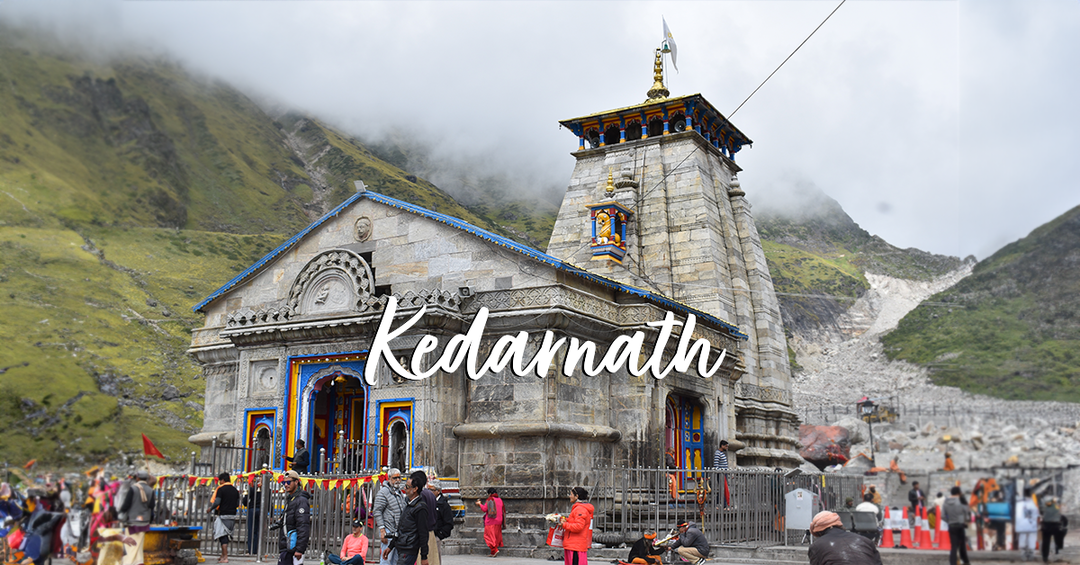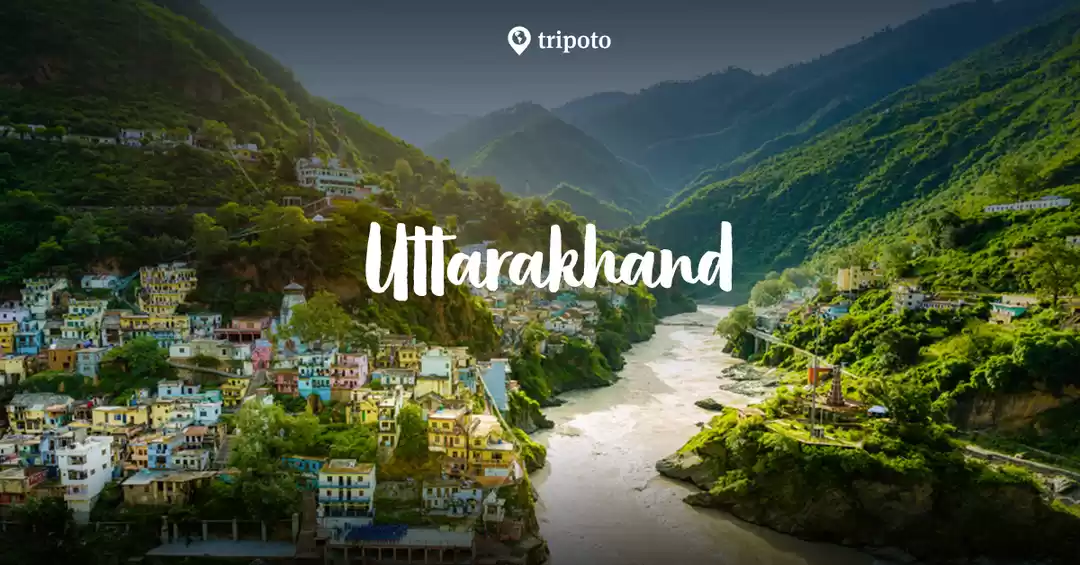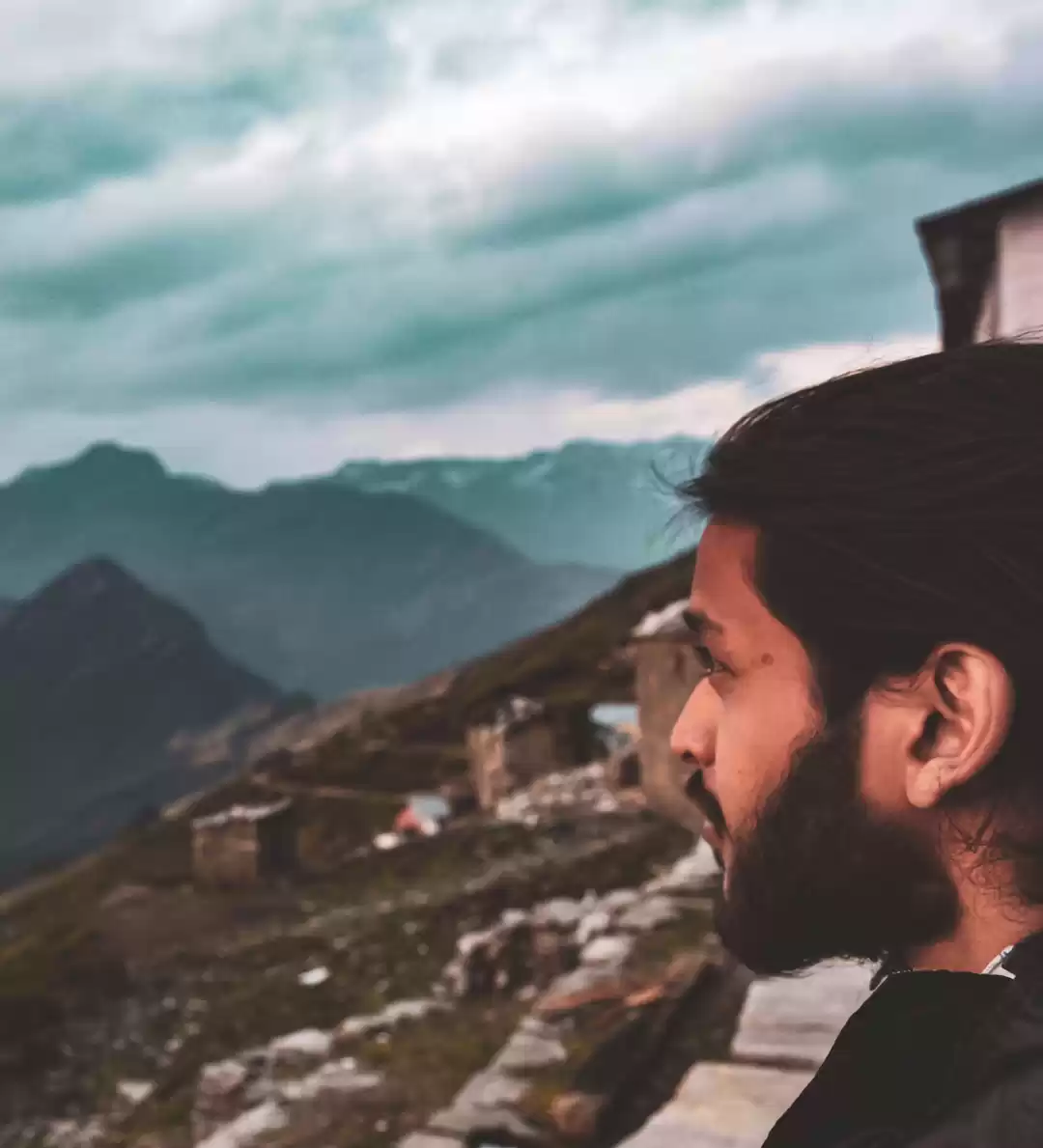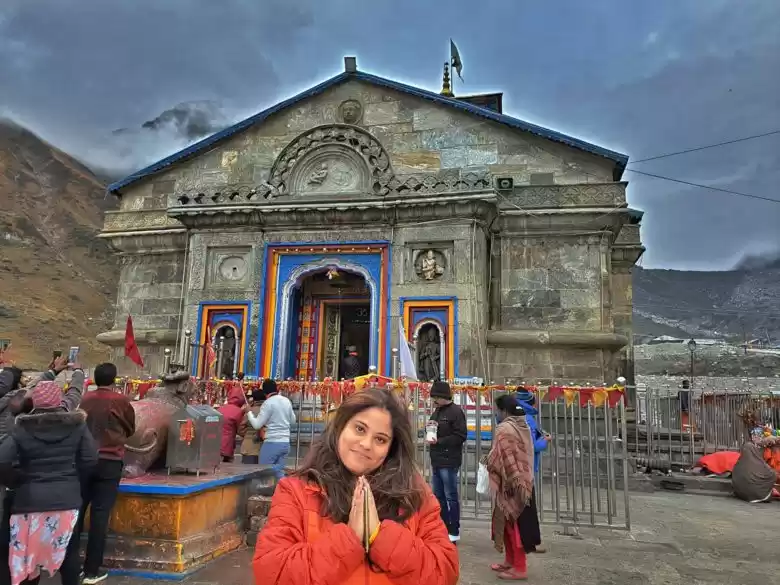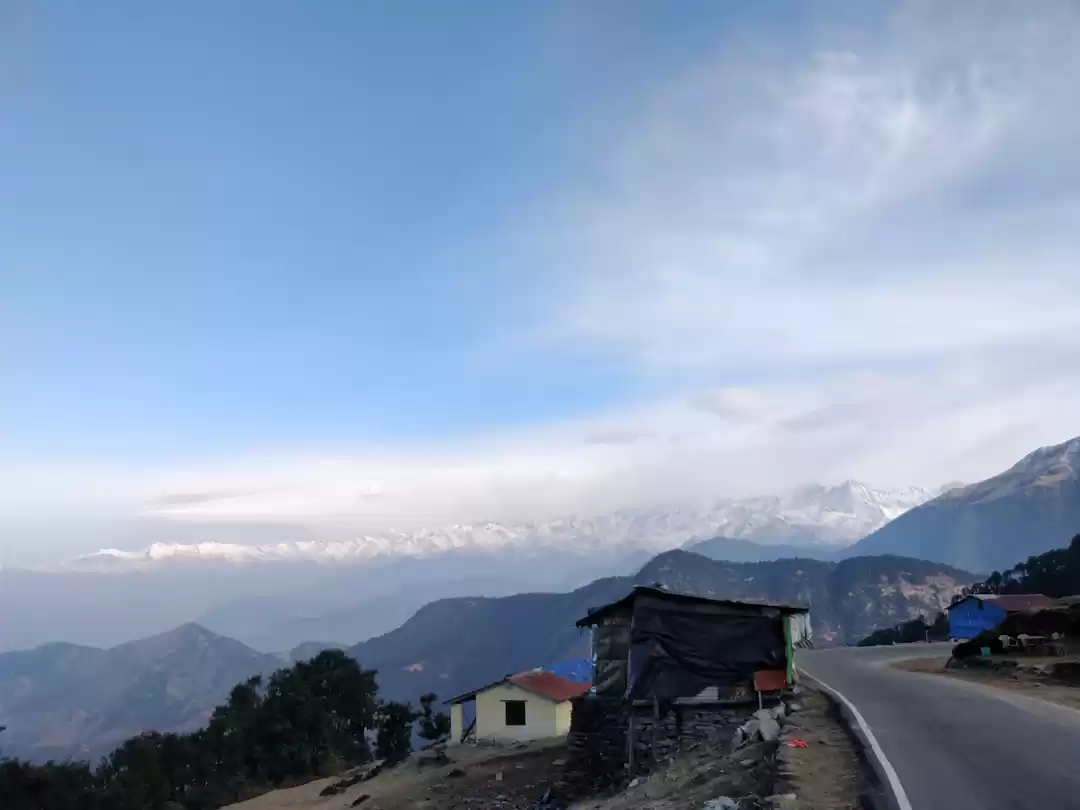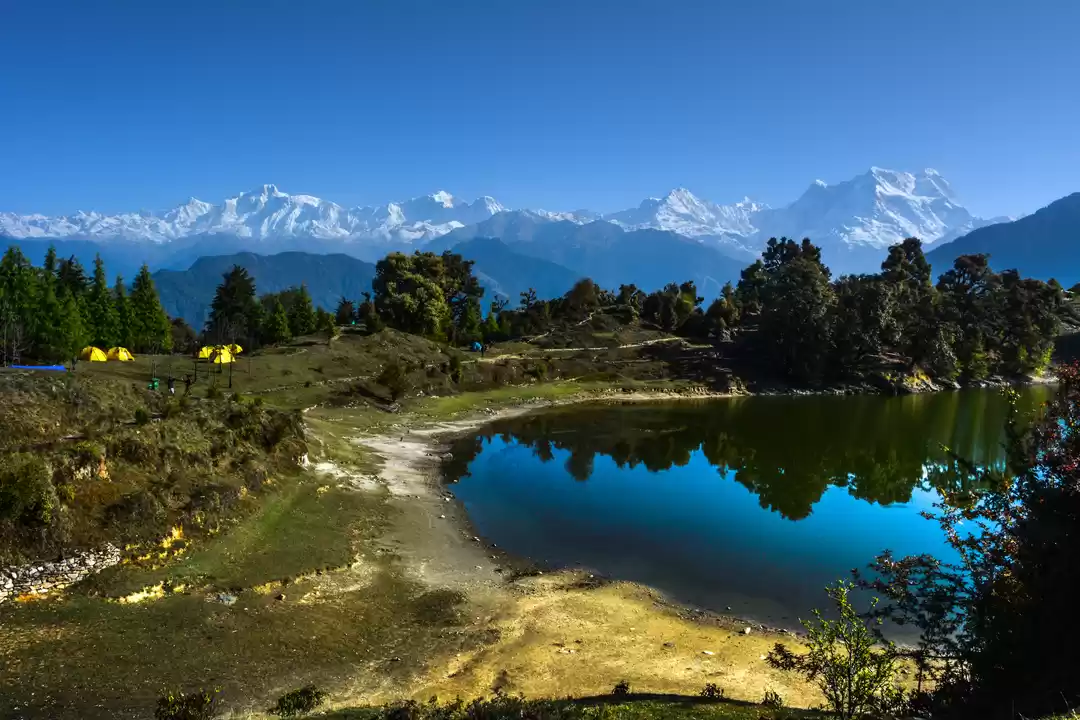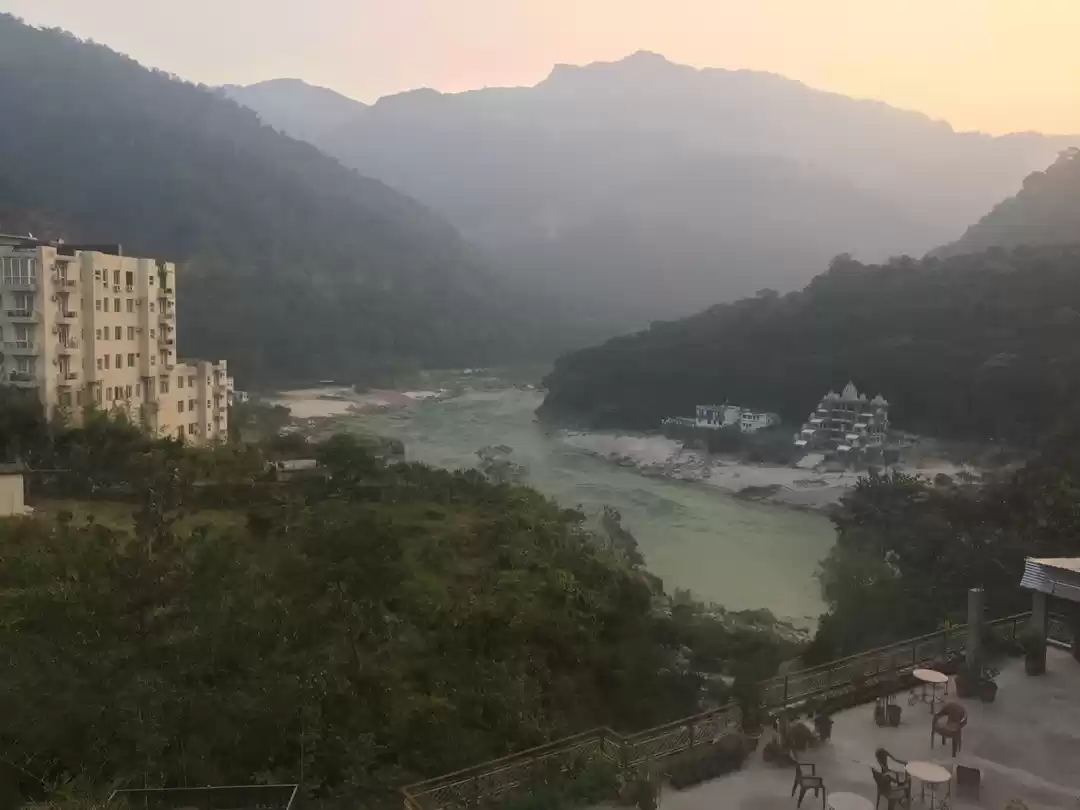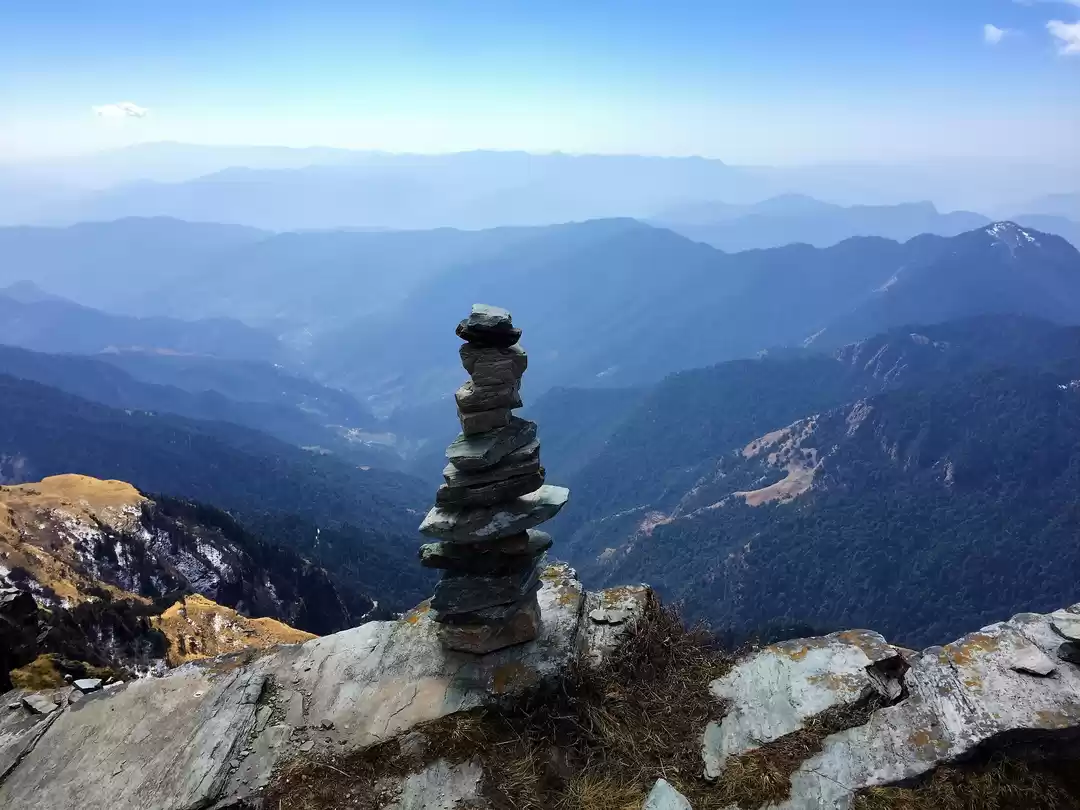
Situated at 3,680 meters above sea level, Tungnath is home to the highest Shiva temple in the world. It’s a gorgeous climb from Chopta in Uttarakhand; with unprecedented Himalayan views.
This is a perfect time to head there because during summers, the meadows are lush green with a variety of flora dotting the landscape. Usually, a pilgrimage to Tungnath is undertaken as part of the Panch Kedar (five temples dedicated to Lord Shiva in Uttarakhand) trek covering the five temples of Kedarnath, Tungnath, Rudranath, Madhyamaheswar and Kalpeshwar.
However, if you just want to explore Tungnath exclusively, the best way to reach here is after a 4km trek from Chopta. It’s an incredibly beautiful trek; the stone paved trekking path is fitted with proper benches to provide extra comfort to the trekkers. Also, the trail affords unadulterated views of majestic mountain peaks such as Chowkhamba, Nanda Devi, Neelkanth and Kedarnath.
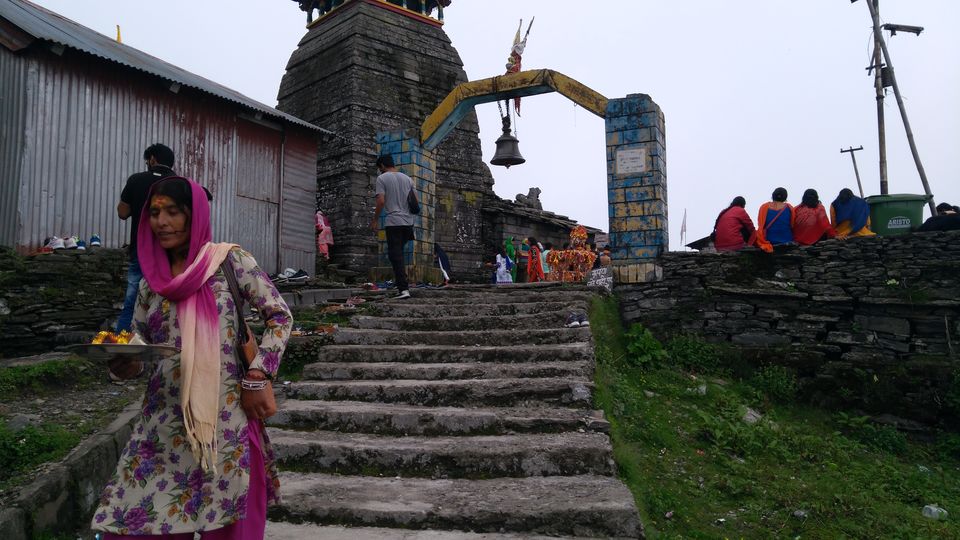


When Lord Shiva went into hiding in the form of a bull
A famous legend about the temple goes all the way back to the era of Mahabharata. After the war took place and the Pandavas defeated the Kauravas, sage Vyas Rishi advised the Pandavas their act of killing off their own kins could be pardoned only by Lord Shiva.
Consequently, the Pandavas went in search of Lord Shiva. Shiva was already convinced of the guilt of Pandavas and in order to avoid them, Shiva took the form of a bull and went into hiding. Pandavas chased him to an underground safe haven at Guptakashi, where he was hiding.
After Shiva went back to his natural form, his remains of the bull-styled body is said to have re materialized at five different locations. These five locations came to be known as the "Panch Kedar". Pandavas built temples of Lord Shiva at each of these locations as a sign of seeking his pardon and blessings.
Legend behind Tungnath Temple
So the remains of Lord Shiva appeared at these five places :
Tungnath is one of the five locations and is identified as the place where the bahu (hands) were seen; the hump was seen at Kedarnath; the head appeared at Rudranath; his navel and stomach surfaced at Madhyamaheshwar; and his jata (hair or locks) at Kalpeshwar.
The temple is opened only for 6 months during the year and rest of the time the symbolic idol of Lord Shiva in Tungnath is moved to Mukkumath, which is 19 kms away from Tungnath
Some Interesting Facts
It is named after the mountain range of Tunganath that it is located in
With an altitude of 3,680 m (12,073 ft), just below the peak of Chandrashila, Tungnath temple is the highest Hindu shrine dedicated to Lord Shiva
The word Tungnath literally translates to 'Lord of the Peaks'
The temple is believed to be over 1000 years old and is the third (Tritiya Kedar) in the pecking order of the Panch Kedars
Legend also states that Lord Rama meditated at the Chandrashila peak, which is close to Tungnath
It is also said that Ravana did penance to Shiva when he resided here.
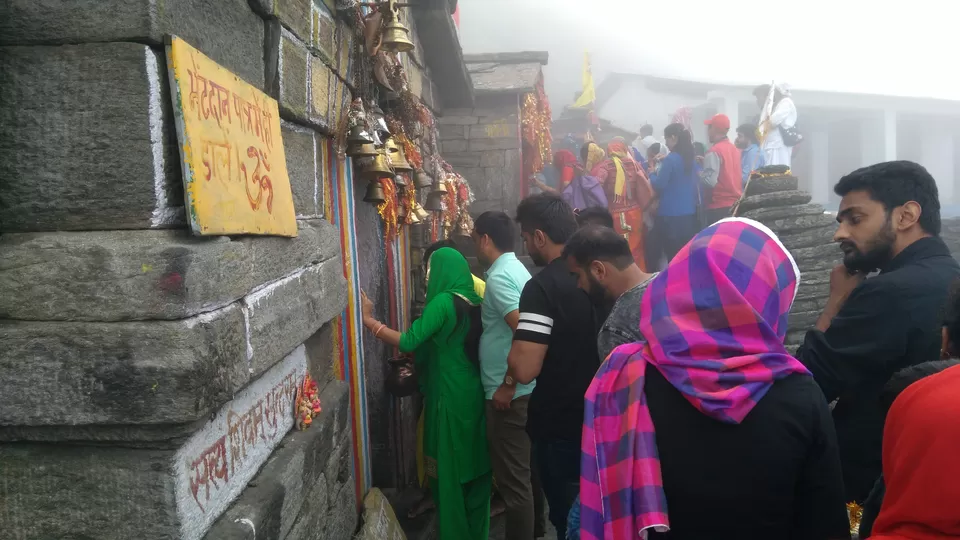

Also, in winters the shrine sleeps under a thick blanket of snow and the whole place is enveloped in absolute serenity.





